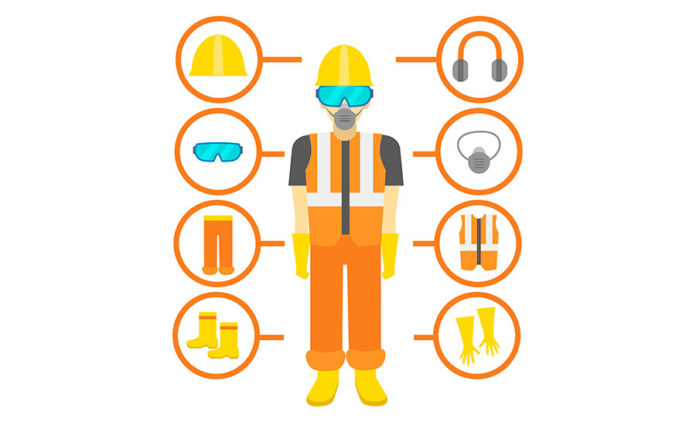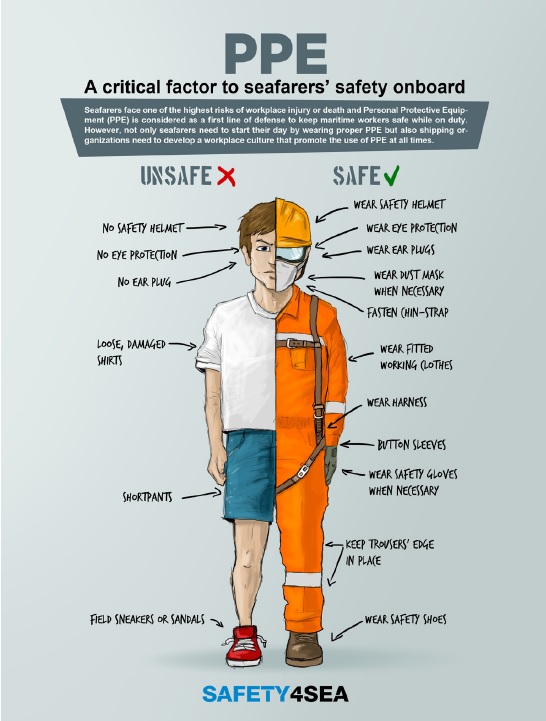INFORMATION SHEET NO. 4.4-1
Operational Health and Safety Procedures, Practices and Regulations
Learning Objectives:
After reading this information sheet, the student/ trainee should be able to:
1. Maintain PPE in line with organization guidelines and procedures.
PERSONAL PROTECTIVE EQUIPMENT (PPE) Personal should only be used as a last resort. PPE is for short term solutions only. PPE protects an employee's body from hazards. PPE must be provided free of charge and maintained by the employer. Employers are also required to ensure that workers are trained in the proper use of PPE.
Employees have a responsibility to use PPE in accordance with their training and safe usage requirements. For example
- wear earplugs in noisy areas
- wear eye protection when working with hazardous chemicals
- wear gloves to protect against infection.
Specific controls to reduce risks
Select controls from as high up the hierarchy table as you can. The `elimination' method is the safest solution. In many cases you may need a combination of controls to reduce the level of risk. For example
- workplace design changes or task modification
- substituting an extremely hazardous chemical with a less hazardous one
- using a fume cupboard when handling the chemical
- ensuring exposure time is limited
- providing PPE to employees.
Reducing risk to an acceptable minimum will ensure optimum risk reduction for all.


Comments
Post a Comment